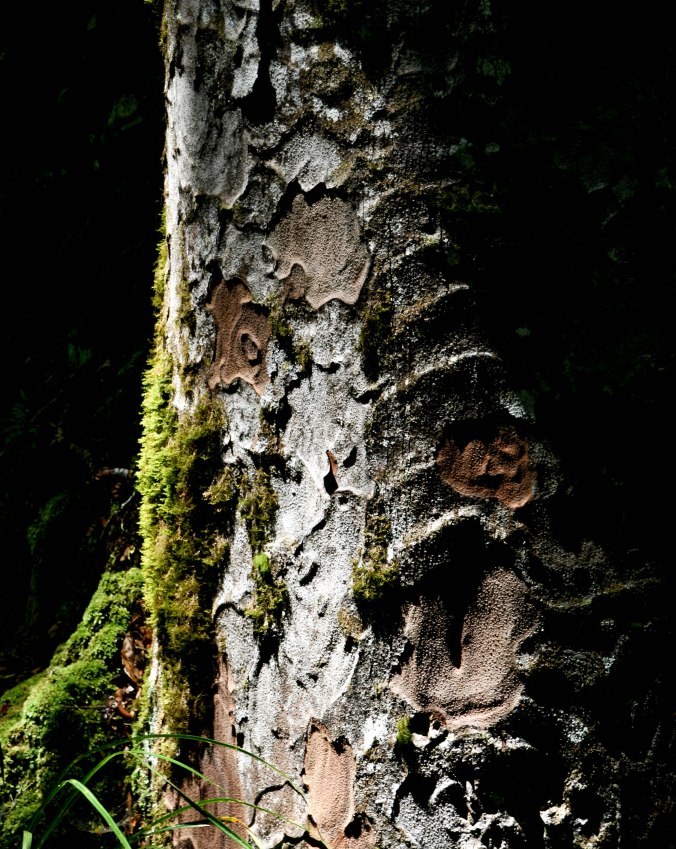Posted by Ellery McNaughton @EJ_McNaughton
Every month for the past 15 months I have stood on the streets at my study sites and conducted 10-minute bird counts. Somewhere along the line, I inadvertently began counting trees. Every site has at least one tree that birds seem to favour perching in over others, a sort of bird-version of the cushy chairs that granddads can always be found in. I often find myself focussing on these trees during my bird counts (while also not forgetting the other, less favoured bird-versions of church pews and university-seminar chairs). It makes it particularly noticeable when I turn up for the next month’s count, and that tree is gone.

Of my 27 sites, 14 of them have had at least one tree cut down in the past year. Some were natives. Some were over 10 metres tall. Sometimes they were replaced with other trees. Sometimes they were replaced with houses. Mostly they weren’t replaced with anything.
Urban trees are at risk. In places like central Auckland, where the majority of urban tree cover is on private land, it is important to have policies in place that can be used to protect and maintain the urban forest. Unfortunately, governmental policy reforms meant that in 2015 blanket urban tree protection was removed in Auckland, leaving an inadequate individual-based tree protection policy behind. With the exception of registered ‘notable’ trees and those in certain ecological areas, homeowners have free rein with regards to chopping down trees on their property.
Yes, a man’s home is his castle. The problem is, we live in a community of castles. Trees provide communal benefits. They increase health, mental wellbeing and air quality. They create additional opportunities for connection with nature by providing habitat to urban wildlife. People need to start looking past the boundaries of their property and their present time. When decades of growth can be cut down in minutes, the least one can do is consider the bigger picture. If nothing else, at least consider that it is jolly difficult to conduct a bird count over the noise of a chainsaw.
 Ellery McNaughton is a PhD student in the Centre of Biodiversity and Biosecurity, School of Biological Sciences, University of Auckland. Her project investigates the effects of a city-wide changeover in streetlight technology on urban bird behaviour and ecosystem function. She is supervised by Margaret Stanley, Jacqueline Beggs, Kevin Gaston(University of Exeter, UK) and Darryl Jones (Griffith University, Australia).
Ellery McNaughton is a PhD student in the Centre of Biodiversity and Biosecurity, School of Biological Sciences, University of Auckland. Her project investigates the effects of a city-wide changeover in streetlight technology on urban bird behaviour and ecosystem function. She is supervised by Margaret Stanley, Jacqueline Beggs, Kevin Gaston(University of Exeter, UK) and Darryl Jones (Griffith University, Australia).









 Robert Vennell is an MSc student in the
Robert Vennell is an MSc student in the